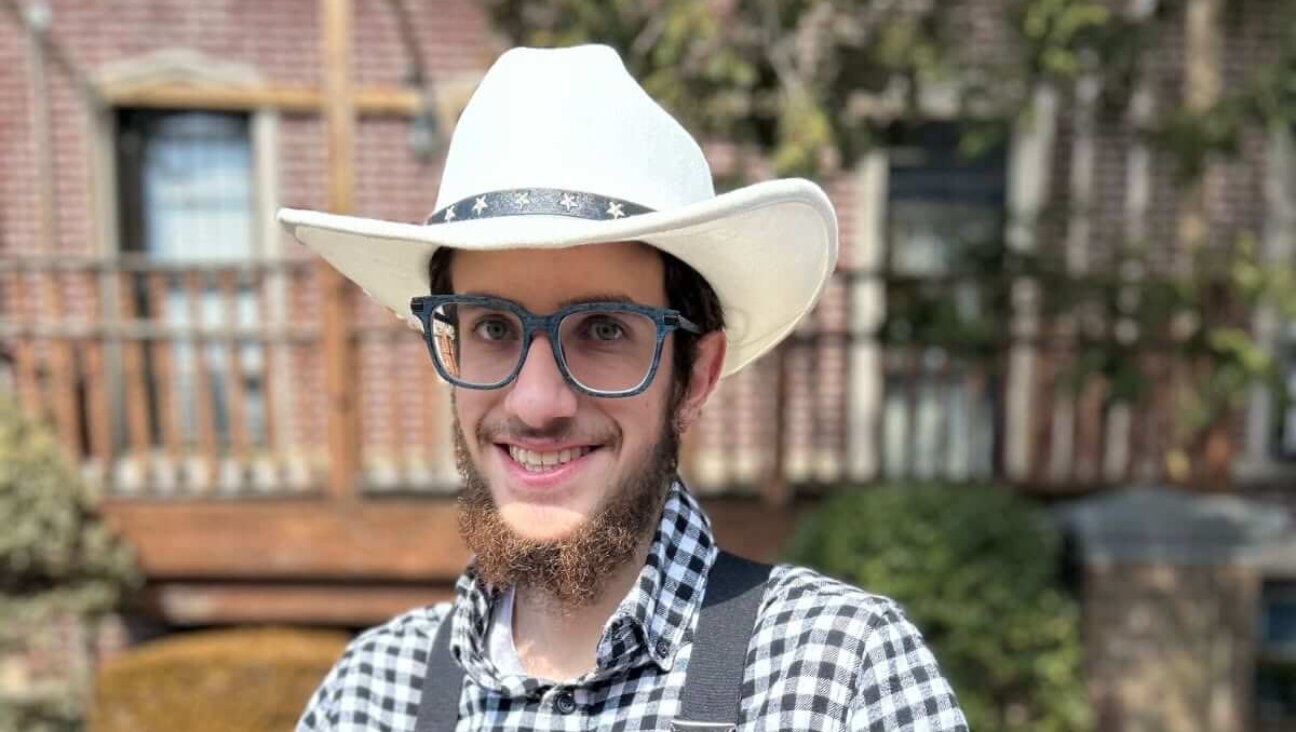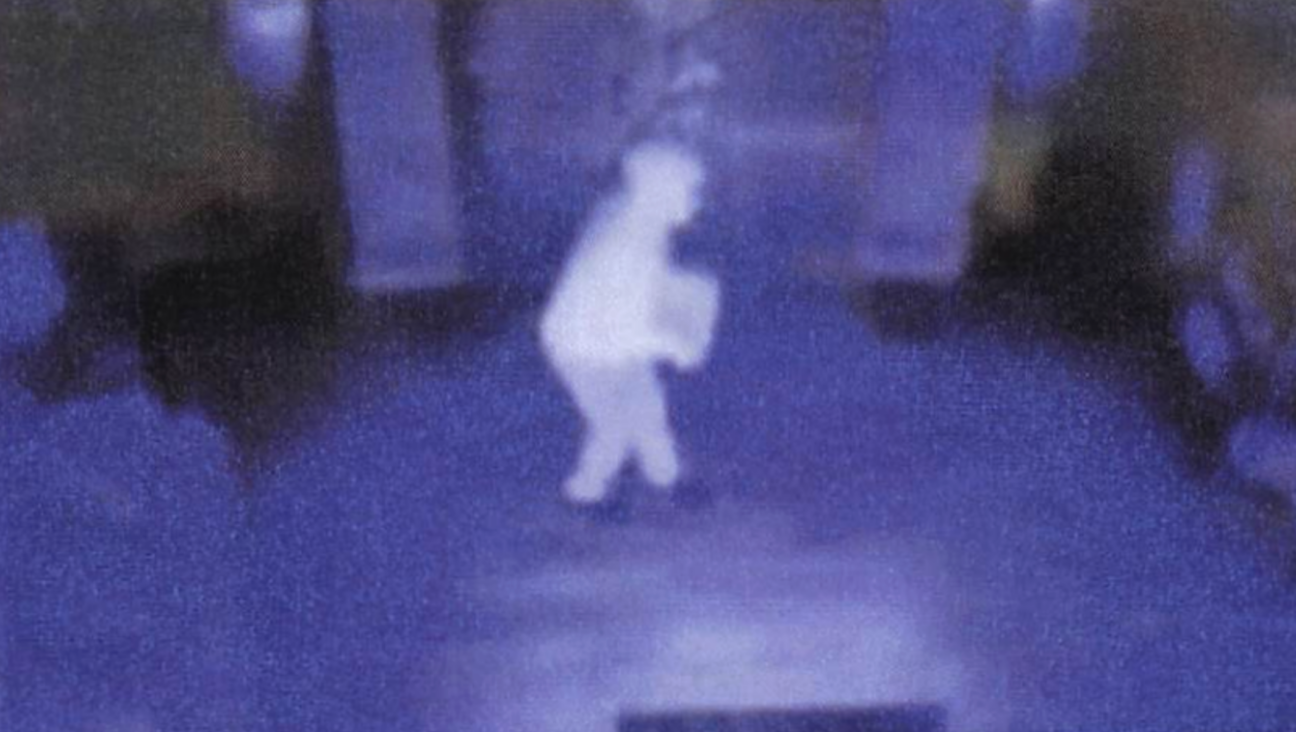Left Out?
Over a seven-month period in the fall of 2004, filmmakers and activists Konnie Chameides and Irit Reinheimer crisscrossed America, crashed on people’s couches and interviewed more than 60 of their fellow Jewish social activists working outside of the mainstream. The resulting documentary, “Young, Jewish and Left,” explores the intersections between race, gender, sexuality, Zionism and Judaism. Chronicling the struggles and ultimate triumphs of their subjects — 25 of whom made it into the final cut — Chameides, 27, and Reinheimer, 28, posit today’s activists as the progeny of the old Jewish left: a new generation of organizers working at a time when progressive politics are often relegated to the margins. Chameides spoke with the Forward’s Rebecca Spence.
l Q: What inspired the two of you to make this film?
A: We wanted there to be more visibility about our generation of Jewish leftists and to look at some of the common issues that our generation is facing and talking about. We’re very invisible, especially considering how much of the left is made up of Jews. There’s this idea of the old Jewish left, of the Yiddishkeit, and that’s a stereotype. There’s also the idea that the Jews were involved in the civil rights movement, and then it’s as if that’s it. In terms of lineage, I was really interested in who are the literal or figurative grandkids of the Jewish left.
Q: What does it mean to say that you have been marginalized in the broader Jewish mainstream?
A: That we often times don’t have a voice. One of the events that Irit and I went to before we started working on this was a pro-Israel rally organized by the Jewish federation in Kingston, N.Y. We held up a banner that said “We heart Israel, we heart Palestine,” and they kicked us out because it didn’t fit into their message. They had a specific analysis that they portrayed as the Jewish analysis. More rightwing forces have more control. What happens in the Jewish world is that rightwing Jews define their views as the Jewish views.
Q: How do sexual identity issues factor into the film?
A: Some of the major issues facing us today are gender and sexuality issues, which overlap with Jewish issues in many ways. For example, how do queer people relate to people in Judaism? In the film, one person relates how their partner was a “transman” — which means female to male — and stood in the male section of an Orthodox synagogue, and they were laughed out of the synagogue. So the next year, for Yom Kippur, they ended up doing their own service with their friends because that seemed like a safer space. So part of it is about being ostracized from some of the mainstream or dominant Jewish institutions and creating their own safe space.
Q: What are the differences between the previous generation of Jewish leftists and this one?
A: The central difference between the generation of the new left and the generation of the 1920s and 1930s left is that the old left was before the identity politics movements. People have many more identities now, and they are much more fluid. If you were a Jewish activist in the 1920s, you most likely lived in Jewish neighborhoods and your whole world was Jewish. Nowadays, for Ashkenazi Jews, Jewishness isn’t as central to who they live with and around, so Jewishness is more fluid. Also, the role of Israel/Palestine is different than in the 1950s, when its viability was still questionable. That fear of Israel being annihilated isn’t quite as intense, and we can see Israel as being this huge military machine doing lots of things we don’t agree with — just as we don’t agree with lots of things in U.S. policy.
To find a screening date of “Young, Jewish and Left,” visit www.youngjewishandleft.org.















